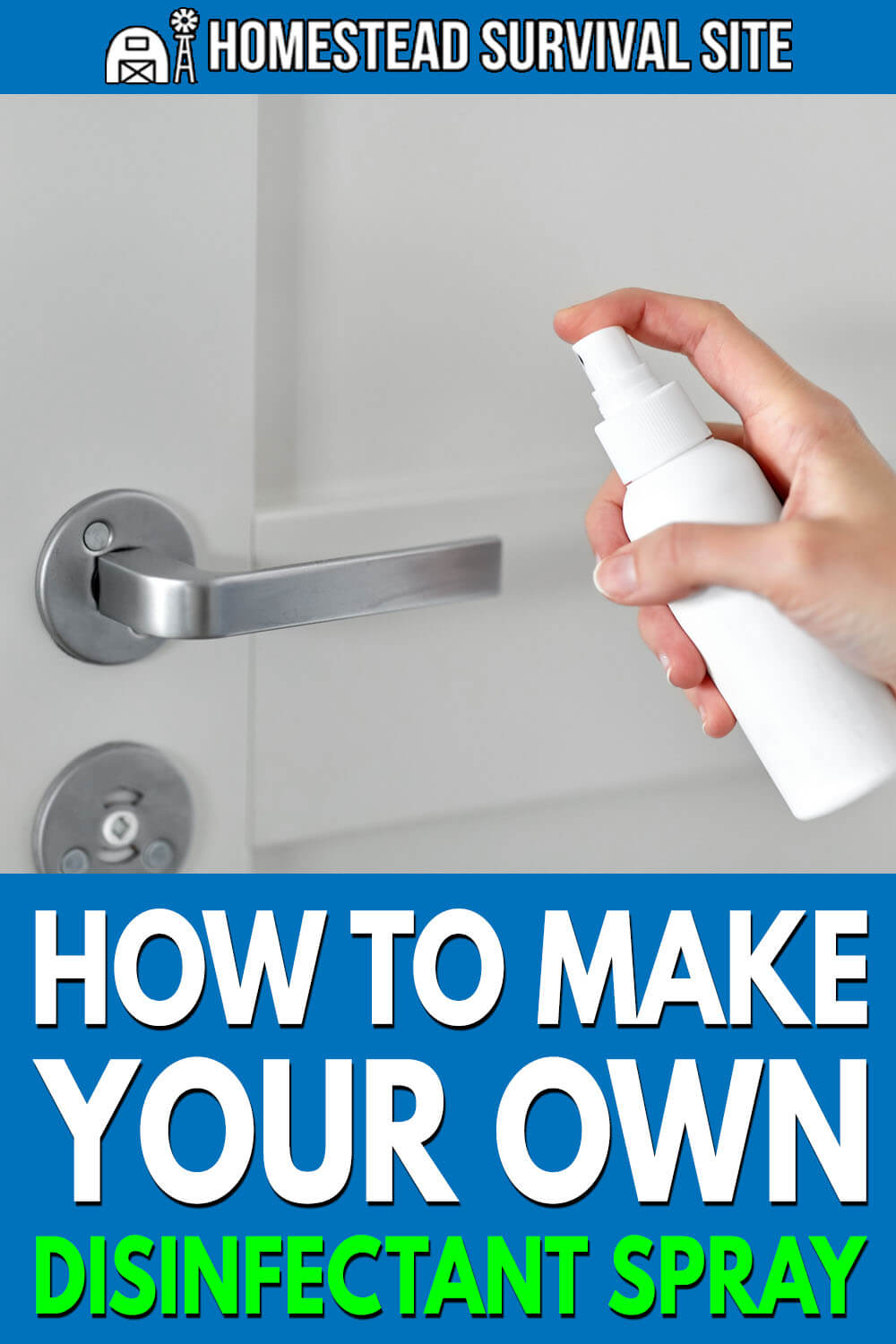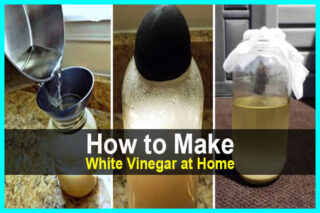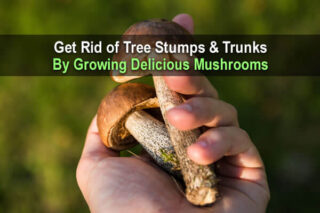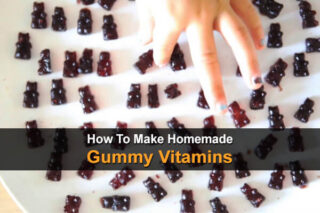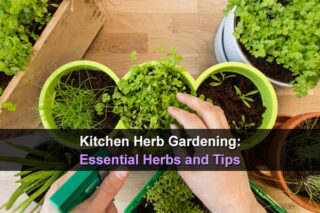Estimated reading time: 6 minutes
We all know disinfectants can help kill germs and keep your family safe. However, with the arrival of the recent COVID-19 pandemic, disinfectant spray has been hard to find. Even months into the pandemic, store shelves are often empty.
Making your own disinfectant spray isn’t as hard as it sounds. There are plenty of common household items that can help reduce the germs in your home. Knowing what to mix together to create your own disinfectant spray is helpful when store shelves are empty.
Want to save this post for later? Click Here to Pin It On Pinterest!
It also helps support the common homestead goal of becoming less dependent on others in our quest for a self-sufficient lifestyle. Learn more about how to make a disinfectant spray to keep you and your family safe.
Alcohol-Based Disinfectants
By now, many of us have probably experienced those cheaper disinfectants that smell like pure alcohol. Many manufacturers are using alcohol as a natural disinfectant, although many of us don’t want to smell like a bar. However, there are some other alcohol-based mixes that you can create at home.
Rubbing Alcohol
Many of us have rubbing alcohol in our home, but some stores have started running low on this ingredient as well. If you can still find it, consider making this quick and easy disinfectant:
- ¼ cup sterilized water
- 1 cup 99% isopropyl alcohol
Mix these two ingredients together in a spray bottle to create an easy disinfectant. If you can only find 70% isopropyl alcohol, just use that directly to help kill germs and bacteria. Add 15 drops of essential oil to this mix to create a better scent as well.
Peppermint Vodka
Open up your bar and use some vodka along with other ingredients to make this great smelling DIY disinfectant. Mix the following ingredients in a spray bottle:
- 1 ¼ cups sterilized water
- ¼ cup white vinegar
- ¼ cup vodka or Everclear (with at least 60% alcohol content)
- 15 drops peppermint essential oil
Note that some surfaces don’t react well with vinegar. Always test a solution on a small area before using it to ensure safety.
Bleach Based Disinfectants
Plenty of restaurants use bleach-based sanitizer on a daily basis. Bleach is still easy to access in stores but should always be used cautiously.

Bleach Spray
Mix a few simple ingredients to make this easy-to-use bleach sanitizer spray around your home.
- 4 teaspoons bleach
- 4 cups water
You can store this in a glass jar or bottle as well as a plastic spray bottle. It is recommended to allow this solution to air dry on the surface for at least 10 minutes. Use this solution on hard, non-porous surfaces.
Bleach Wet Wipes
While store-bought disinfectant wipes are convenient, they are often hard to find. However, you can make your own wet wipes to take with you in the car for use at stores and work.
- 2 cups water
- 2 teaspoons bleach
- Gallon size storage bag or large empty coffee can with lid
- Paper towel roll
Instructions:
- Mix the water and bleach in a bowl.
- Cut the paper towel roll down to the size of your storage bag or empty coffee can. If using a coffee can, cut a small slit into the top of the lid.
- Place the cut paper towel into the coffee can with the cardboard insert still in place.
- Slowly pour the liquid onto the paper towel to allow it to absorb.
- Pull out the cardboard insert and feed one paper towel through the lid. If using a storage bag, simply make sure that the bag is completely sealed after each use.
Hydrogen Peroxide Disinfectants
Consider using a hydrogen peroxide solution to help disinfect your home. You can use 3% hydrogen peroxide by itself to apply directly to surfaces. However, you must allow the solution to air dry to disinfect the area. Don’t wipe it off immediately, but let it sit on the surface for at least 6-8 minutes.
Hydrogen Peroxide Spray
One of the key factors of using hydrogen peroxide is using it in small amounts. Once hydrogen peroxide is exposed to sunlight, it starts to break down and becomes less effective. When you make a spray, do so in small batches and use it immediately and completely. Mix the following items together:
- ½ cup sterilized water
- ½ cup 3% hydrogen peroxide
This creates a 1.5% hydrogen peroxide solution that should be allowed to sit on top of surfaces for a longer period of time. Spray onto surfaces and allow the solution to sit on the surface for 18-20 minutes to kill germs and bacteria.
Essential Oils
Many homesteaders love to use essential oils in their homes. Not only do they smell great, but many of them have health benefits as well.
While you can always use essential oils in any of these disinfectant mixes, it's important to note that the CDC does not recommend using only essential oil sprays to kill viruses. However, add as much or little of your favorite essential oil to the sprays to help create a pleasant scent around your home.
It is always important to follow CDC guidelines when creating a DIY disinfectant for your home. While some natural options may have antiseptic properties, not all ingredients can kill the coronavirus.
Also, make sure to clean the high-touch areas of your home first, and then follow up with one of these disinfectant options. Cleaning first allows you to rid your home of debris and dirt while the disinfectant helps to kill germs.
Consider making your disinfectant spray with one of these recipes today! You can save a lot of money making it yourself, and by keeping these common ingredients on hand, you’ll know that you can always have a way to kill any germs, bacteria, or viruses that enter your home.
Like this post? Don't Forget to Pin It On Pinterest!


